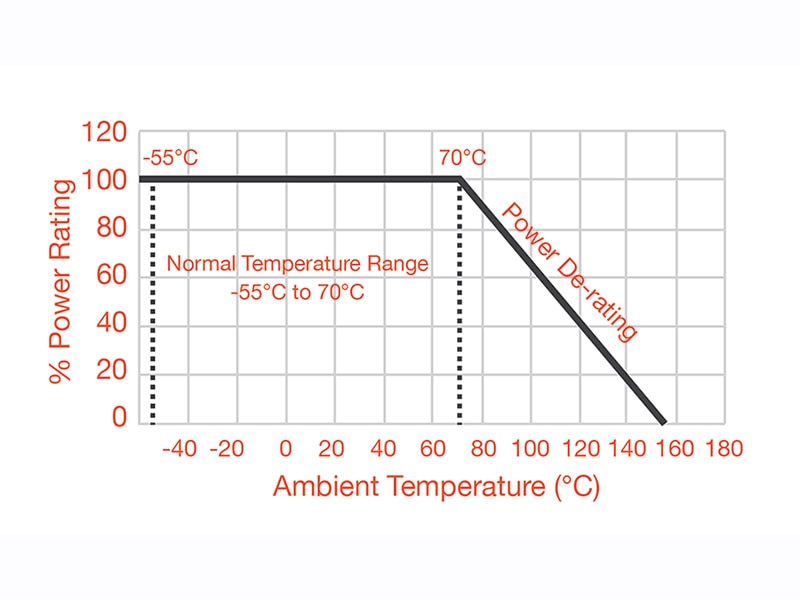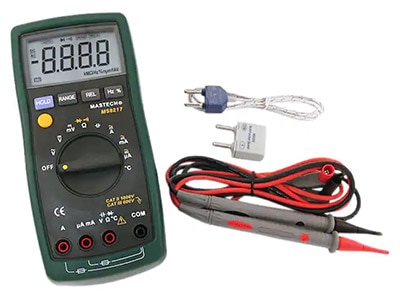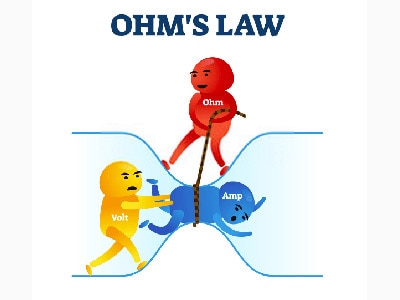A Comprehensive Guide to Choosing the Right Resistor
2025-02-24 | By Sarah Aman
Resistors are arguably the most fundamental components in the world of electronics. Resistors are essential for controlling the flow of current and protecting especially sensitive components like MOSFETs. Understanding how to use the right resistor is crucial for any and every electronics project. In this comprehensive guide, we will explore different resistor types, their applications, and how to decode their values.
Resistor Basics
Essentially, a resistor is a passive electrical component that resists the flow of electric current. This creates a voltage drop across the terminals of the resistor. They are characterized by their ability to resist the flow of current (resistance), the amount of power in Watts that they can handle, and their tolerance.
Definitions:
- Resistance: Measured in Ohms (Ω), it indicates how much the resistor resists current flow.
- Power Rating: Measured in Watts, it indicates how much power the resistor can handle before overheating. Common ratings include 1/8 W, ¼ W, ½ W, and 1 W.
- Tolerance: Expressed as a percentage, it indicated how much the actual resistance can vary from the nominal value. Common tolerances are ±1%, ± 5%, and ±10%.
Types of Resistors
Resistors come in a wide variety of types which are each suited for different applications. The most common types are:
- Carbon Film Resistors
- Description: Made from a thin layer of carbon on a ceramic substrate.
- Applications: General-purpose use in consumer electronics and audio equipment.
- Advantages: Cost-effective and widely available.
- Metal Film Resistors
- Description: Made from a thin metal layer, offering greater precision.
- Applications: Used in high-frequency applications and precision circuits.
- Advantages: Low noise, high stability, and excellent tolerance (typically ±1%).
- Wirewound Resistors
- Description: Made by winding a wire (often nichrome) around an insulating core.
- Applications: Used in power applications and precision applications where high-power ratings are required.
- Advantages: Highpower rating and excellent heat dissipation.
- Ceramic Resistors
- Description: Made from a ceramic material that withstands high temperatures.
- Applications: Suitable for high-power applications, such as power supplies.
- Advantages: High thermal stability and durability.
- Variable Resistors (Potentiometers)
- Description: Resistors whose resistance value can be adjusted.
- Applications: Used in volume controls and adjustable power supplies.
- Advantages: Versatile and adjustable for various applications.
- Surface Mount Resistors (SMD)
- Description: Small resistors designed for surface mount technology (SMT).
- Applications: Common in modern electronics and PCB design.
- Advantages: Space-efficient and suitable for automated assembly processes.
Applications of Resistors
Resistors are used in multiple applications depending on the desired effect and the field it is being used.
- Voltage Division: Voltage dividers are used to create a specific voltage level by using the properties of Kirchhoff’s Voltage Law and the properties of how resistors add in series and parallel.
- Current Limiting: Resistors can be used to protect other components within the circuit by limiting the flow of current. For example, often a 440 Ω resistor is used in series with an LED to limit the current flow into the LED and prevent it from burning out prematurely.
- Pull-Up and Pull-Down Resistors: Pull-Up and Pull-Down resistors are used to create stable logic levels in digital circuits. This essentially creates a “known state” because digital components don’t often have an uninterrupted connection to ground due to the nature of the other active components in the circuit.
- Biasing Transistors: Resistors are used to bias transistors within amplifier circuits. Biasing transistors sets the appropriate operating points for an amplifier circuit.
- Filtering: Resistors can be used in conjunction with capacitors in certain configurations to create different filters that set the frequency response of the circuit.
Understanding Resistor Value Color Coding
Resistors often have different colored stripes on them that indicate their resistance value, tolerance, and sometimes temperature coefficient. This table is a very useful reference, and I usually keep one handy at my desk.

Sample Calculations
Given a resistor with color code brown, black, red, and gold we can calculate the value of the resistor like this:
Brown (1) Black (0) = 10
Red(x100) = 10 * 100 = 1,000 Ω
Gold(5%) = 1,000 Ω ± 5%
Therefore, this is a 1,000 or 1k Ω ± 5% resistor. If you aren’t a fan of calculating your resistors by hand, check out this handy calculator that will do it for you.
Conclusion
When it comes to building electronics projects being able to choose the right resistor is very important. By understanding the different types of resistors, their applications, and how to read color codes, you can make informed decisions that enhance your circuit designs. Whether you’re building a simple LED circuit or a complex audio amplifier, selecting the appropriate resistor will ensure the reliability and performance of your electronics project.
















